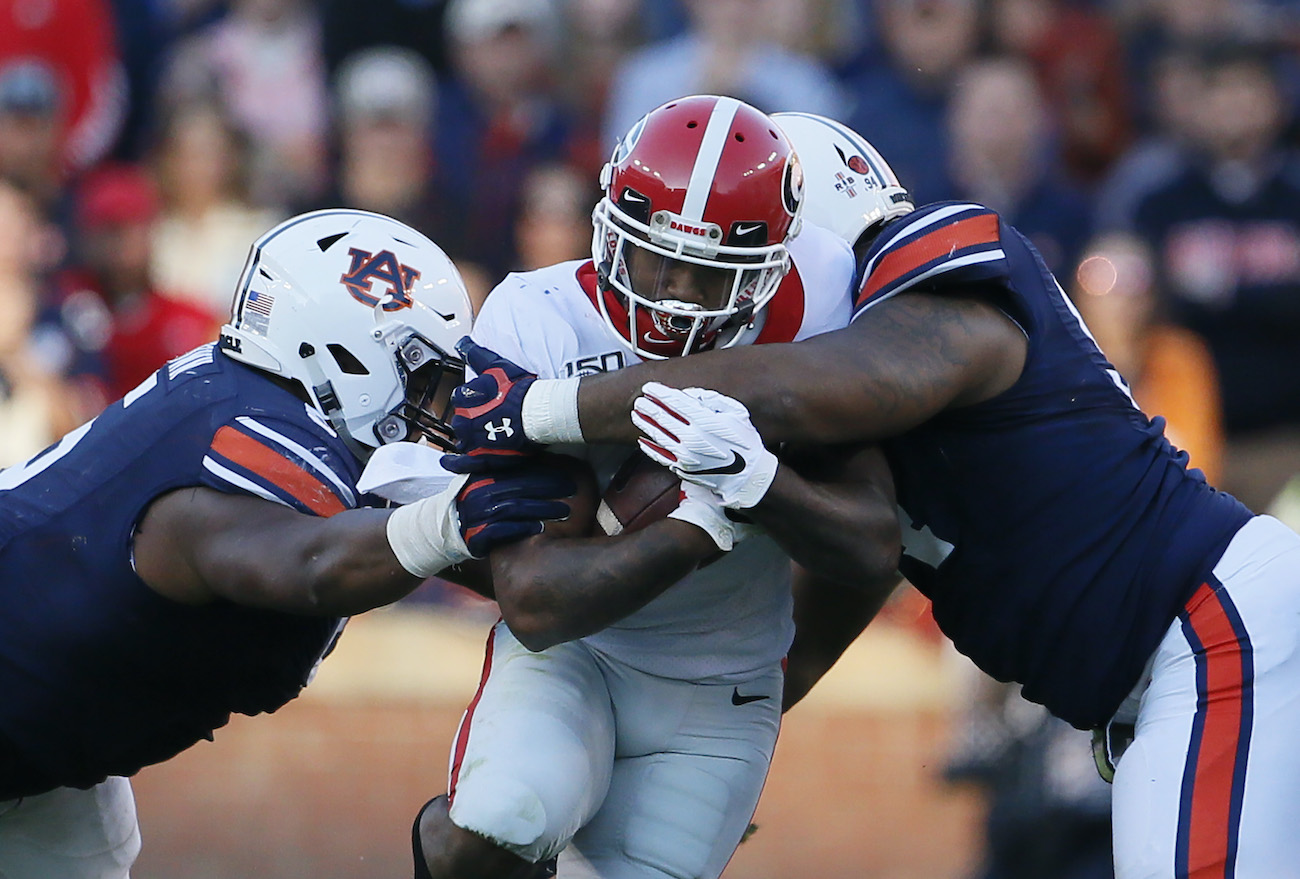
Competitive balance? Here’s a model that works for the 2020 SEC schedule
By Chris Wright
Published:
Now the real fun begins.
In retrospect, settling on a 10-game conference-only schedule was the easy part.
Deciding which 2 crossover opponents to add to every SEC team’s schedule very well could decide which team, if any, represents the league in the College Football Playoff.
Good luck with that, and turn off Twitter. Your mentions will be unmentionable.
Seriously. That’s what is at stake as the SEC now attempts to piece together the final parts of the 2020 football puzzle.
Sports Illustrated recently floated the proposal that teams simply add the 2020 and 2021 crossover rotational opponents to the 2020 opponents.
The backlash was predictable and fast. SEC speed, keyboard style, if you will.
The reason that model wouldn’t have worked is its randomness didn’t consider competitive balance. It actually would have endangered the SEC’s Playoff chances.
Alabama, the team around which the SEC rotates, would have added Florida (2021 opponent) to a schedule that already includes LSU, Georgia, Tennessee, Texas A&M and Auburn. In other words, under that model, the Tide very likely would have had to beat 4 top-10 teams — and likely one of them twice — just to reach the College Football Playoff.
Pac-12 and Big 12 teams might see 4 top-10 teams over the span of 4 years.
Florida’s 2020 schedule would have been even more harsh: The Gators would have added Alabama (2021) and Texas A&M (2022) to a slate that already includes Georgia and LSU.
Meanwhile, Georgia would have added Arkansas (2021) and Mississippi State (2022).
The imbalances were so severe that plan never would have been adopted.
So the league’s challenge now is to strike a competitive balance.
Let’s start with this: Nobody is going to be happy. There is no perfect model. Short of allowing everybody to play Vanderbilt and Arkansas, fans are going to overreact about how the schedule-makers hosed their team and blessed their rival’s.
It just means more will be trending, loud and clear, about 20 minutes after the schedule is released.
So this model might not be perfect, but it strives to achieve competitive balance without any regard to past or future crossover schedules. As we have learned, 2020 is its own unique, historic, failed fake punt attempt on 4th down. This schedule acknowledges that while also trying to preserve the opportunity for somebody to escape unscathed.
The first 2 opponents listed are ones already on the schedule. The next 2 are the teams added to achieve competitive balance.
That balance was achieved based on last year’s standings, starting with the SEC East. The number in parenthesis reflects where that team finished in 2019. The total is the sum of those spots. The lower the total, in theory, the more difficult the schedule.
[table “” not found /]Again, if you add the values of each schedule — lower the number, in theory, the more difficult the schedule — you’ll see a range from 12 to 19. Those are the outliers. Most are between 13 and 18. Texas A&M has the easiest schedule (19 points), but the Aggies started the slate with South Carolina and Vanderbilt.
Any tweak you make to one schedule impacts the others.
Alabama and LSU fans would like this model. Auburn fans would scream about a Tide bias.
Which might be the only normal thing in this most abnormal of years.
Managing Editor
A 30-time APSE award-winning editor with previous stints at the Miami Herald, The Indianapolis Star and News & Observer, Executive Editor Chris Wright oversees editorial operations for Saturday Down South.







